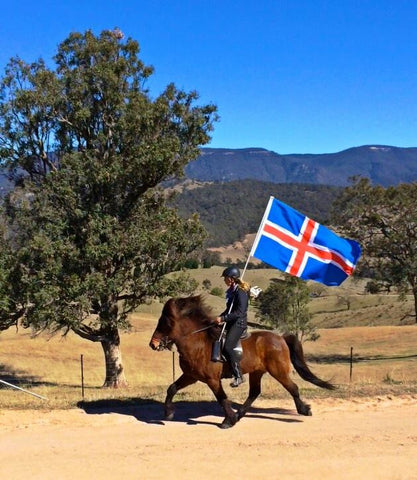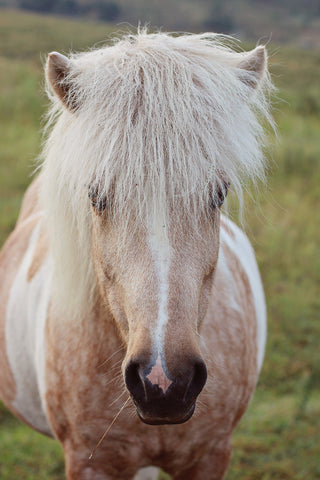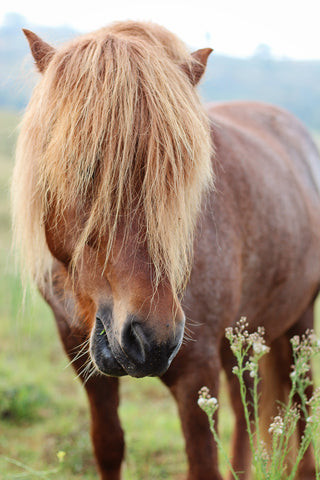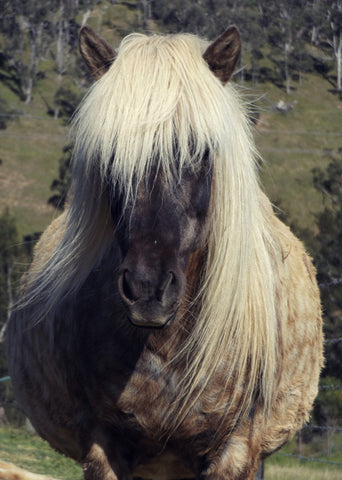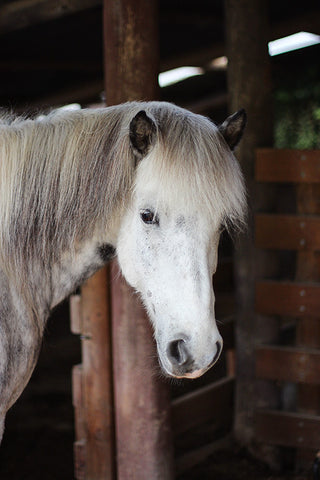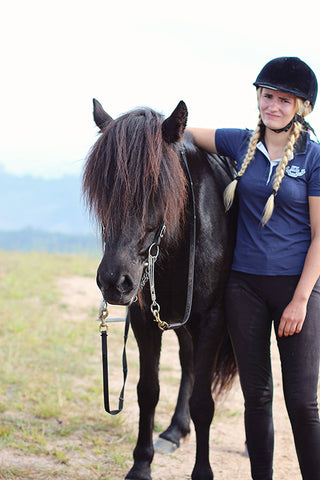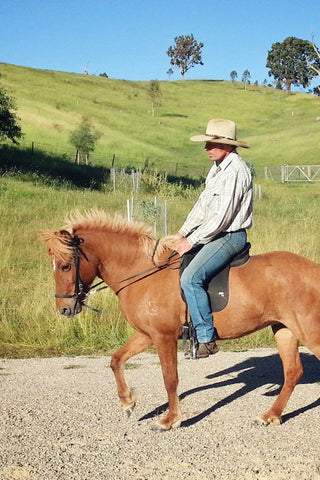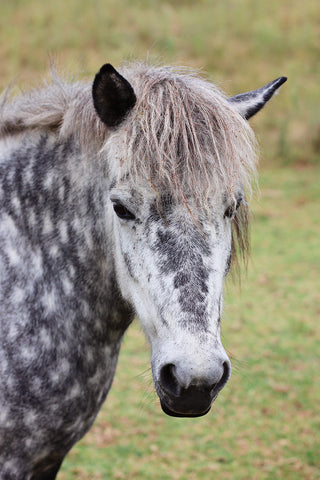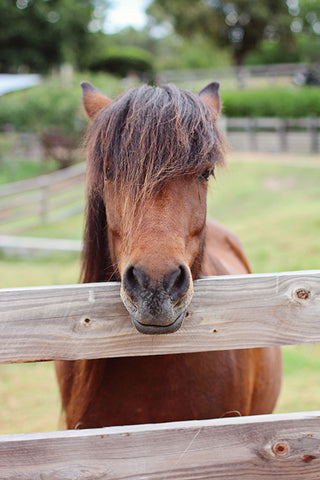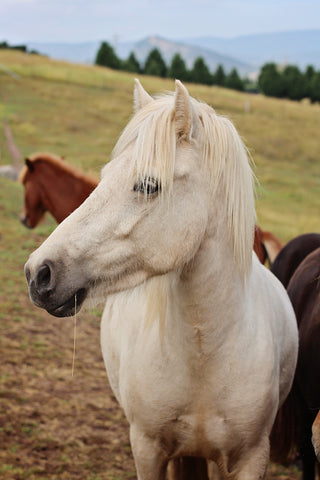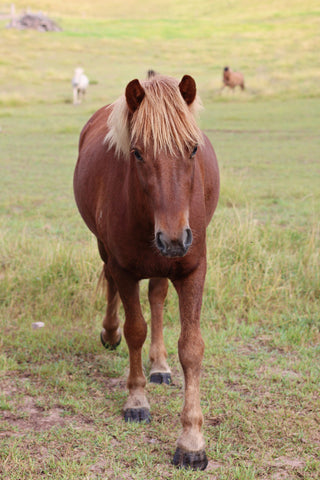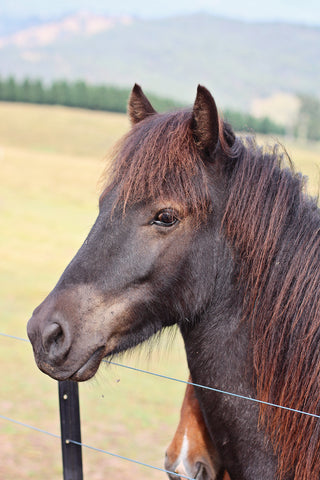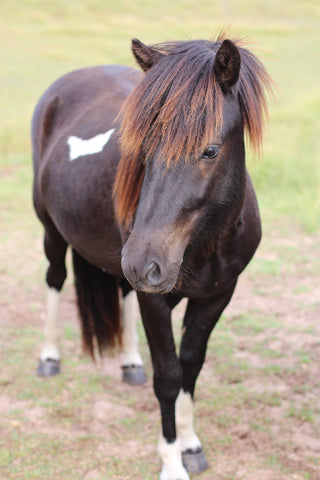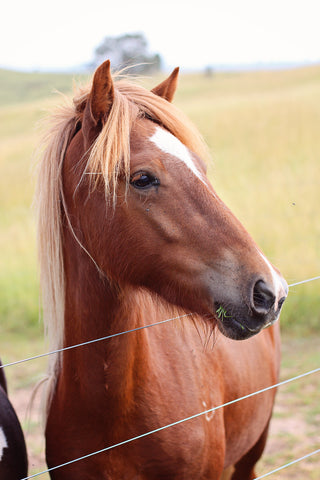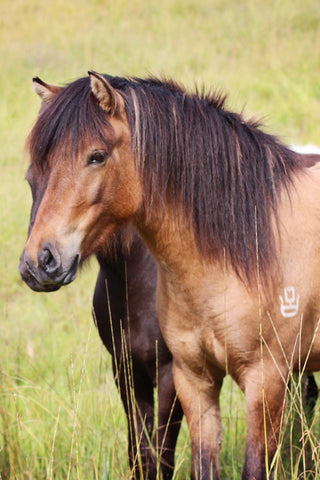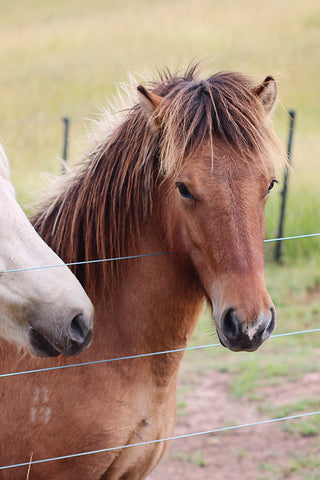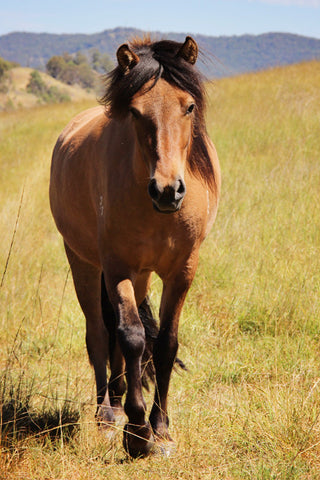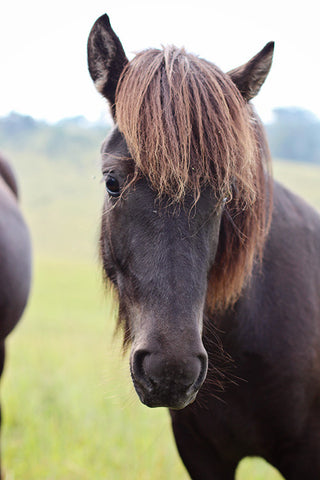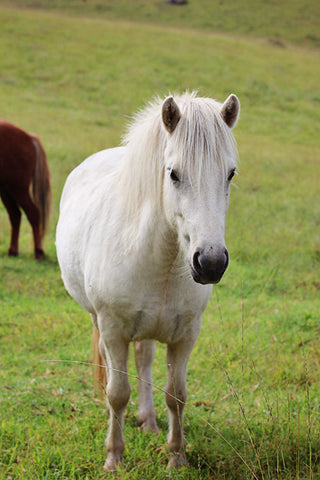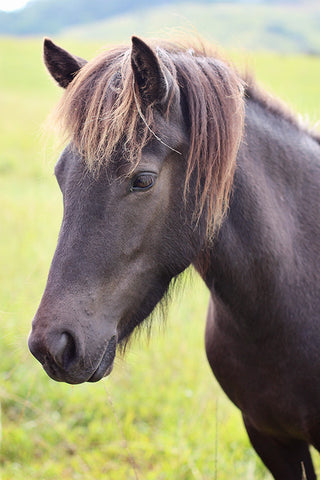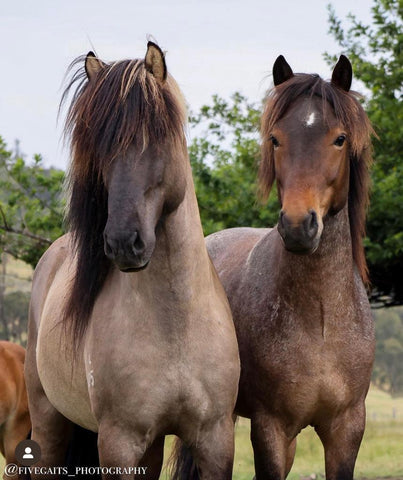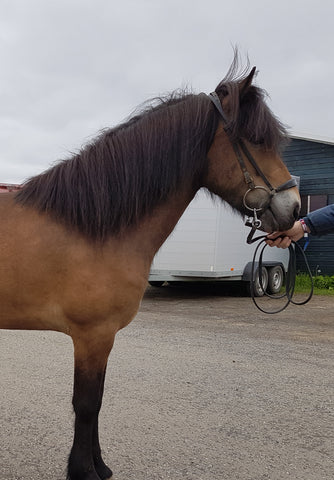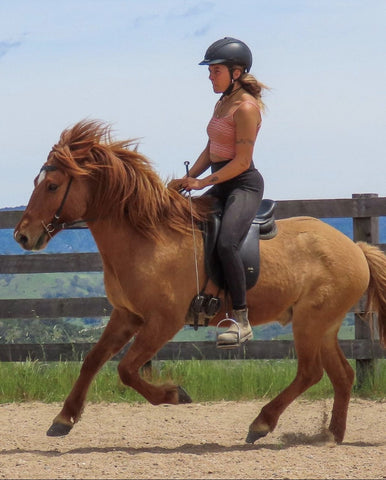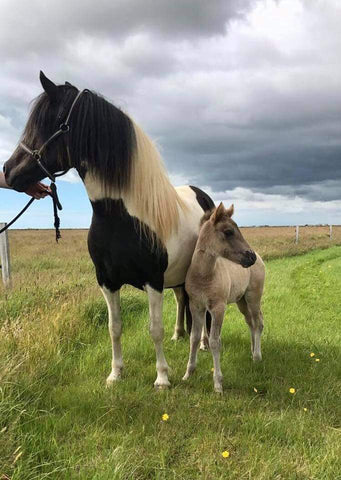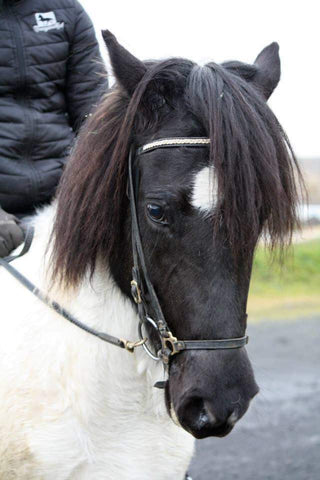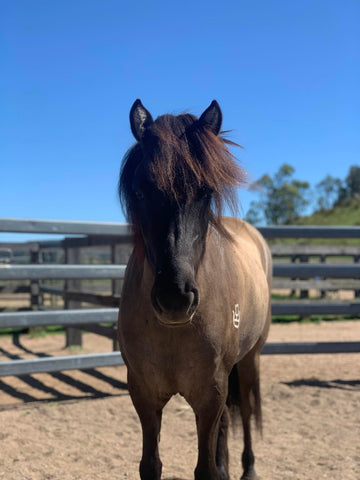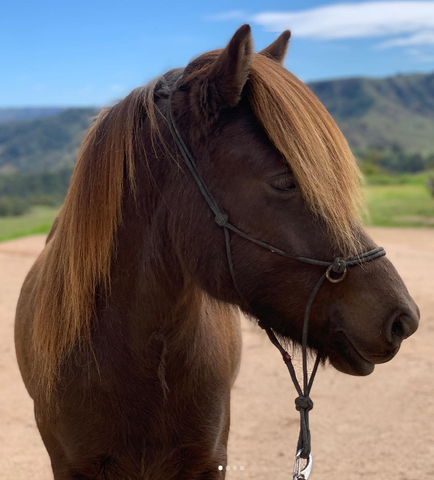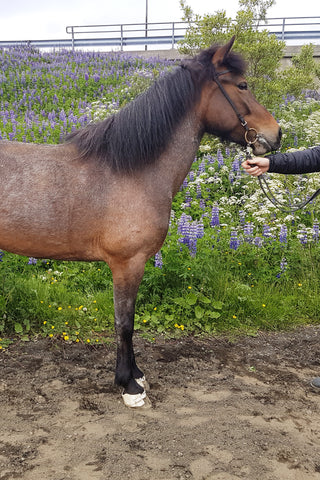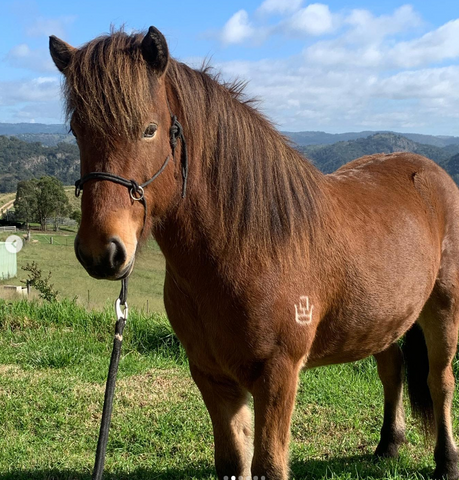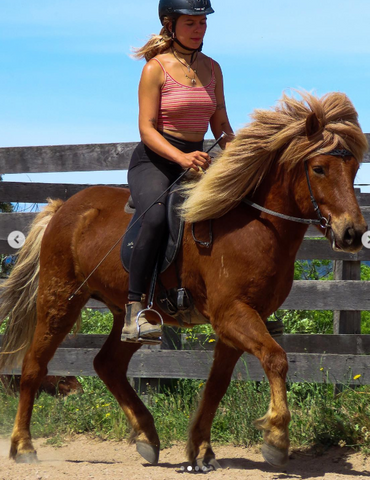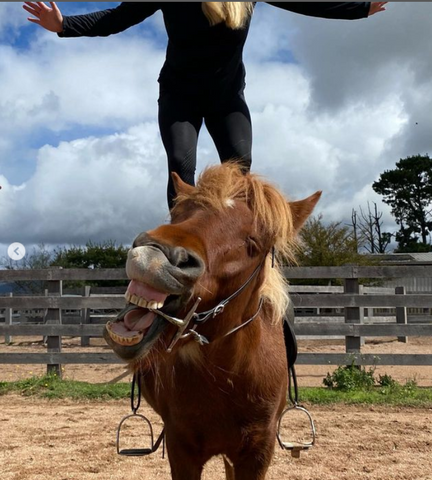Our Horses
At present our herd numbers 104 Icelandic horses – two stallions, 15 broodmares, 40 riding horses and a lot of promising youngsters. Our high quality stallion and ten broodmares have been imported from Iceland, Denmark and the Netherlands. All of the imported broodmares where pregnant from overseas stallions when they arrived in Australia, which gave us promising offspring for the future. At the moment we are focused on training our horses and when the time is right, we will offer them for sale as fully trained horses that we hope families will enjoy as much as we do.
Except for some basic halter training as a foal our horses won’t be trained until they are around 3,5 to 4 years old. Our horses grow up in a herd, where they learn how to communicate in a respectful manner with the other (older) horses. This benefits the training of young horses as they’ve already learned a lot from growing up in the herd.
To give you a bit more understanding we have written down the learning journey that all our horses will go through from a foal up to an adult, experienced riding horse.
0 – 6 months old: When our foals are born they remain untouched up until 6 months old. When the foals are 6 months old they are ready to be weaned from their mother. We bring all the mares and foals up to the yards, leave the foals together in the yards and bring the mares back to their paddock. The foals will stay in the yards for a few days so we can make sure they are settled. When they are settled they will join in with the mixed aged herd (aged from 6 months to 6 years). When the foals have found their place in the herd, we will start to teach them to be handled, to lead and to pick up their feet.
6 months - 3 years In this period the youngsters live together in their mixed aged group and are only taken out of the paddock to worm and trim their feet.
3 years – 4 years Depending on the horse’s individual development we will start in this period with groundwork. This groundwork includes: leading from the front and the side of the horse, lunging with and without a lead, lunging with a roller/saddle on their back, being introduced to the bridle and the bit, being led from a riding horse to do up more experiences, lateral work from the ground (opening the shoulder, bending, engaging the hind end). Usually we will spend 4-6 weeks working with the youngsters and then turn them out in the paddock for the same amount of weeks, to give them time to process and make sure that they are ready for the next step.
4 years – 5 years From this time onwards the horses are starting to become physically ready to carry a rider – given that they have developed a strong top line in the groundwork. We will repeat the lunging work that the horse is used to, but this time we will add a rider to his back. Slowly the handler will start to do less and the rider will start to do more, all the while making sure that the horse understands the questions asked and is comfortable doing so. We start with attaching the reins to the rope halter instead of the bit. The next step would be to attach the reins to both the rope halter and the bit, before attaching the reins only to the bit.
In this period we make sure that we can start, stop and turn the horse safely. When this is confirmed we like to ride out with the young horses as soon as we can. Riding out with the young horse gives them the opportunity to get used to the rider’s weight, to balance themselves with the rider on the trail, riding out on the trail keeps their mind thinking forward and we don’t ask any complicated exercises yet. At this stage we’re happy with whatever gait the horses give us – we don’t specifically ask them to tölt or trot. However we do require them to speed up and slow down when asked and to carry themselves in a correct, healthy way with a strong top line.
5 years – 6 years With the developed balance and confidence created in the past year the riding horse is now ready for the next step in their training. We will start to work on lateral exercises under saddle to make sure that the horse is supple and well prepared for the gait training. Dressage exercises such as shoulder in, shoulder out, travers and side pass will improve the horse’ suppleness even further. Then we will start to ask for the tölt specifically, however only for a few steps in the beginning. The muscles that the horse uses for the tölt will need time to develop and get stronger. So following the horse’s individual development we will start to increase the time frame that we expect them to tölt in a clear beat. We will also make sure that the trot is nicely separated from the tölt and remains its clear beat as well. Besides the gait training we continue to ride the horses out on the trail as well – to keep their mind fresh and practice the different gaits on the trail. We will give the horses as many different experiences as we can: riding with small/big groups of other horses, riding out alone, float loading, crossing water, leading a young horse while riding out and so on.
6 years – 30+ years When a solid foundation has been made, you will be able to enjoy your riding horse for years and years to come!

